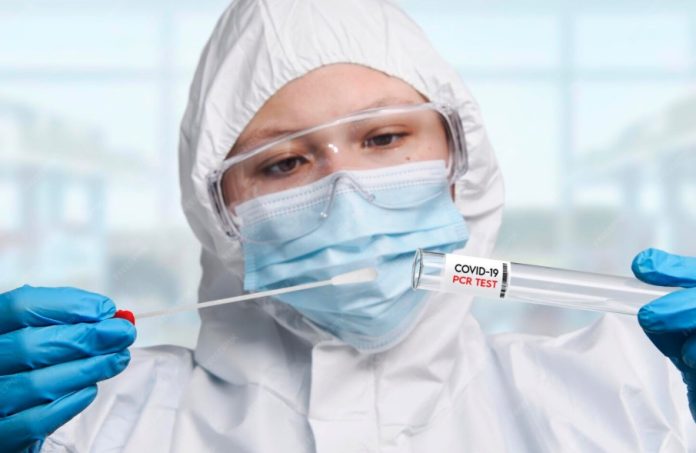Lockdowns fueled by flawed metrics and concealed antibody data
A new peer-reviewed study from Germany has sparked debate over the core metrics that underpinned pandemic policies. According to the research, only about 14% of individuals who tested positive for COVID-19 via PCR during 2020-2021 were later shown to have had true SARS-CoV-2 infection, as evidenced by specific IgG antibodies in their blood.
Study Finds PCR “Case” Numbers Greatly Overcounted
Researchers examined data from a consortium of authority-accredited medical laboratories, which performed more than 90% of Germany’s PCR tests and also ran large-scale antibody (IgG) surveillance. By fitting the time course of PCR test positivity to the observed trajectory of IgG seroprevalence, the study concluded that only about one in seven PCR-positive individuals had detectable antibodies later — meaning they likely experienced a genuine infection. According to the authors, this 14% figure (with a possible lower bound near 10%) means that the majority of “cases” detected by PCR during this period may not have reflected true infections.
“In the end, most of the population did encounter the manufactured virus and develop antibodies—but the PCR data that justified global lockdowns, fear, and vaccine mandates were a complete fraud,” said Dr. Peter McCullough.
Implications for Lockdowns and Public Health Decisions
The German study highlights a key scientific issue: positive PCR results detect only fragments of the virus’s genetic material, which can be present due to exposure or transient colonization, but do not always indicate an active infection or contagiousness. The researchers argue that the antibody data, which are more representative of an actual immune response to infection, were available to public health authorities but not used as the primary metric during the height of pandemic decision-making.
This calibration has serious policy implications, particularly given that Germany’s stringent lockdowns, social distancing measures, and vaccine mandates were justified at the time based on the weekly “case” counts from PCR tests. The study criticizes the scientific rationale for using raw PCR-positive results as the legal basis for sweeping restrictions, calling for more transparent, representative, and biologically meaningful data in future public health emergencies.
Study Authors and Context
The study was conducted by scientists at several German and European universities and published in October 2025 in the journal Frontiers in Epidemiology. The findings arise amid ongoing global debates about the interpretation of COVID-19 data, with the authors urging policymakers to re-examine the role of antibody surveillance and to stop relying solely on PCR case numbers to define the epidemiological reality of an epidemic.
What Are the Implications?
Mass PCR testing significantly inflated reported COVID-19 case numbers worldwide, especially in countries using elevated cycle threshold (CT) values. When CT thresholds above 35 were routinely applied, the likelihood of detecting low-level viral fragments—rather than genuine, active infections—increased considerably. Nations operationalizing these protocols likely overcounted actual infections by as much as tenfold, according to modeling and cross-country data comparisons.
Lockdowns and mandates were grounded in a flawed metric. Germany’s “7-day incidence” rate, which triggered restrictions, was statistically invalid—this same flawed logic was mirrored in the U.S., the U.K., and other countries. In America, the entire “15 Days to Slow the Spread” campaign relied on inflated PCR test positives as its basis, perpetuating an overestimated perception of infections that shaped critical public health policies.
Authorities suppressed representative serology data. Germany’s Robert Koch Institute (RKI) and Ministry of Health had access to these crucial antibody results from the ALM consortium, which covered 90% of PCR testing in Germany, but never disclosed them publicly despite their significant relevance to pandemic policy decisions. This withholding of data obscured a more accurate picture of infection prevalence and immunity in the population, affecting the transparency and scientific basis of the public health measures imposed.



